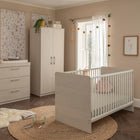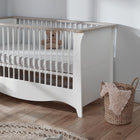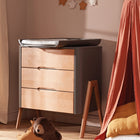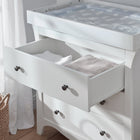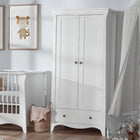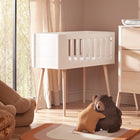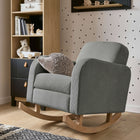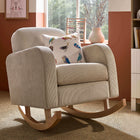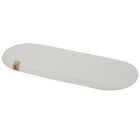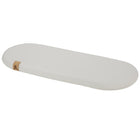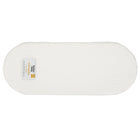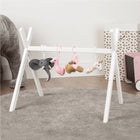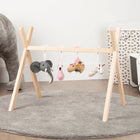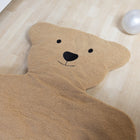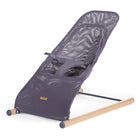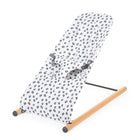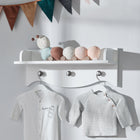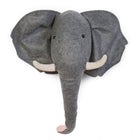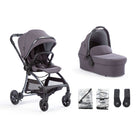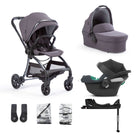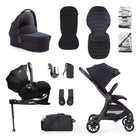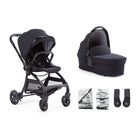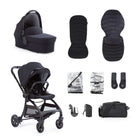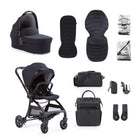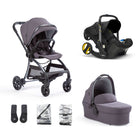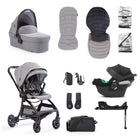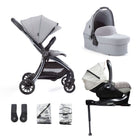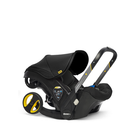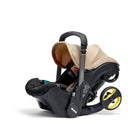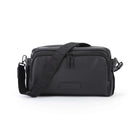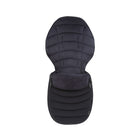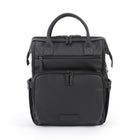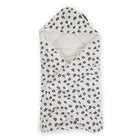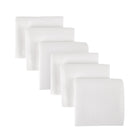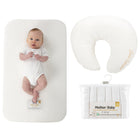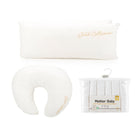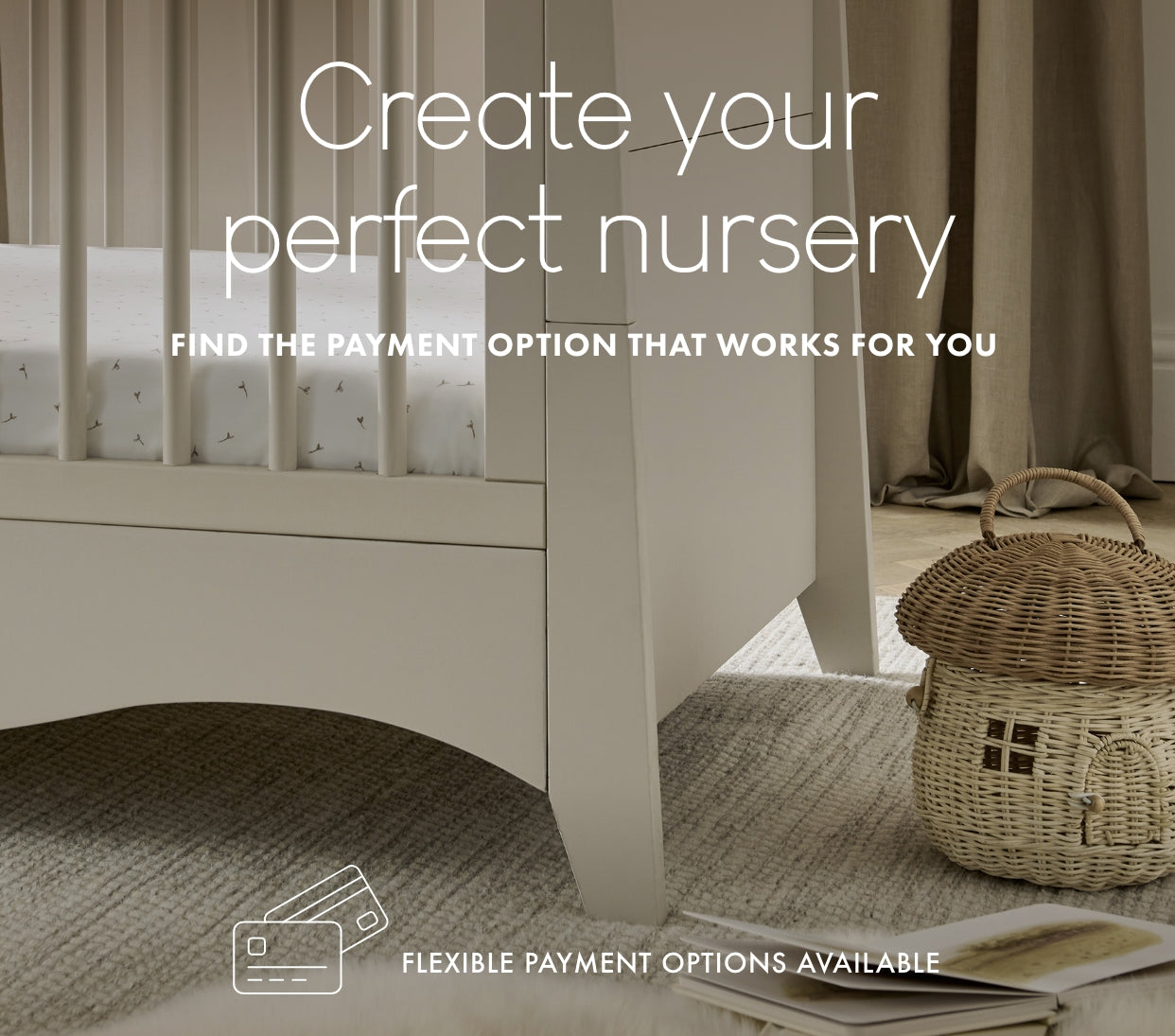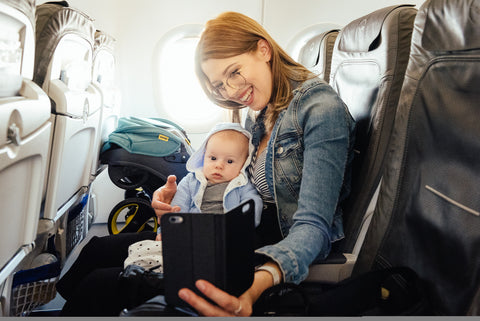As part of Child Safety Week, we are looking at car seat safety, concentrating on the different factors you should consider when shopping for a child-safe car seat.

-
Is it TUV and FAA aircraft approved for travel?
Now that Covid restrictions have lifted. Many families will be planning their first holiday with their little ones. If you are considering travelling abroad this summer, you have probably already contemplated taking your baby’s car seat. However, you may not have checked whether its TUV and FAA aircraft approved for travel.
You can check this by simply looking for the label on your car seat. It should read, “This restraint is certified for use in motor vehicles and aircraft”.
Even if it is TUV and FAA approved, you should still contact the airline to ensure its okay.
-
Don’t buy a second-hand car seat
You may currently be preparing for the arrival of your baby and shopping for the essentials you will need to keep your little one safe, comfortable and happy. One staple you’ll need is a car seat. The NHS recommends not buying a second-hand model as it could have been damaged in an accident. It also may not have all its original parts or instructions.
-
Do you need a car seat that is part of a travel system?
There are many different models, designs and styles available. But knowing the difference between them can be difficult, especially when you want the best for your baby.
One term you may come across when searching for a car seat is ‘travel system.’ Most travel systems contain a pushchair alongside a compatible Group 0+ car seat. Although, some do come with a carrycot as well as other accessories. These are popular with parents that are on the go and want a car seat and stroller in one. To fit in with their busy lifestyles.
-
Is your car seat EU-approved?
In the UK, there are two different types of car seats you can purchase – height-based seats and weight-based seats. Below you will find the requirements for each.
Height-based seats – As stated on the gov.uk website, only EU-approved height-based child car seats can be used in the UK. These have a label showing a capital ‘E’ in a circle and ‘R129’.
Weight-based seats – As stated on the gov.uk website, only EU-approved weight-based child car seats can be used in the UK. These have a label showing a capital ‘E’ in a circle and ‘ECE R44’.
-
Does your car have ISOFIX connectors?
An ISOFIX base makes fitting your baby’s car seat easier. But, more importantly, ensures that it is secured correctly.
Most new cars have ISOFIX connectors. However, if you are unsure. You can usually find them hidden between the padding of your car’s seats. Alternatively, you can check your car’s handbook.
-
Will you be using the seat in any other vehicle?
Having time away from your baby when they first arrive is unlikely to cross your mind. Your first few weeks together are a precious time for bonding and trying to develop a new routine. But at some point, you will feel ready to leave your baby with their grandparents or a friend.
Therefore, when shopping for a car seat, you will need to keep this in mind. It will not only need to fit your car. But also family and friends who will be looking after your child.
-
How long can a baby stay in a car seat?
It is important to remember that car seats are designed to keep babies safe while travelling and not as somewhere for them to sleep when outside of the car. The Lullaby Trust recommends that babies should not be in a car seat for longer than 2 hours at a time. And they should be taken out frequently.
They also advise that when travelling in a car with an infant, an adult should be sat in the back of the car with them to ensure they’re safe
and comfortable.


-
The benefits of a rear-facing car seat
Ultimately, rear-facing car seats are much-safer and offer better protection than forward-facing car seats. It’s also a legal requirement for children under 15 months to travel rear-facing.
-
Practice fitting the seat before your baby is born
Leaving the hospital to return home for the first time with your new arrival is a special moment for all parents. You will be filled with a range of emotions, ranging from excitement to nerves. It’s completely normal to feel nervous or anxious about the start of your new journey with your little one.
One thing that you don’t want to have to worry about when leaving the hospital or birth centre is fitting your baby’s car seat for the first time.
-
Babies are more vulnerable to injury than adults
When choosing a car seat for your baby, their safety should be at the forefront of your mind. Babies need protection that adults don’t. This is because of their physical traits, such as their proportions.

